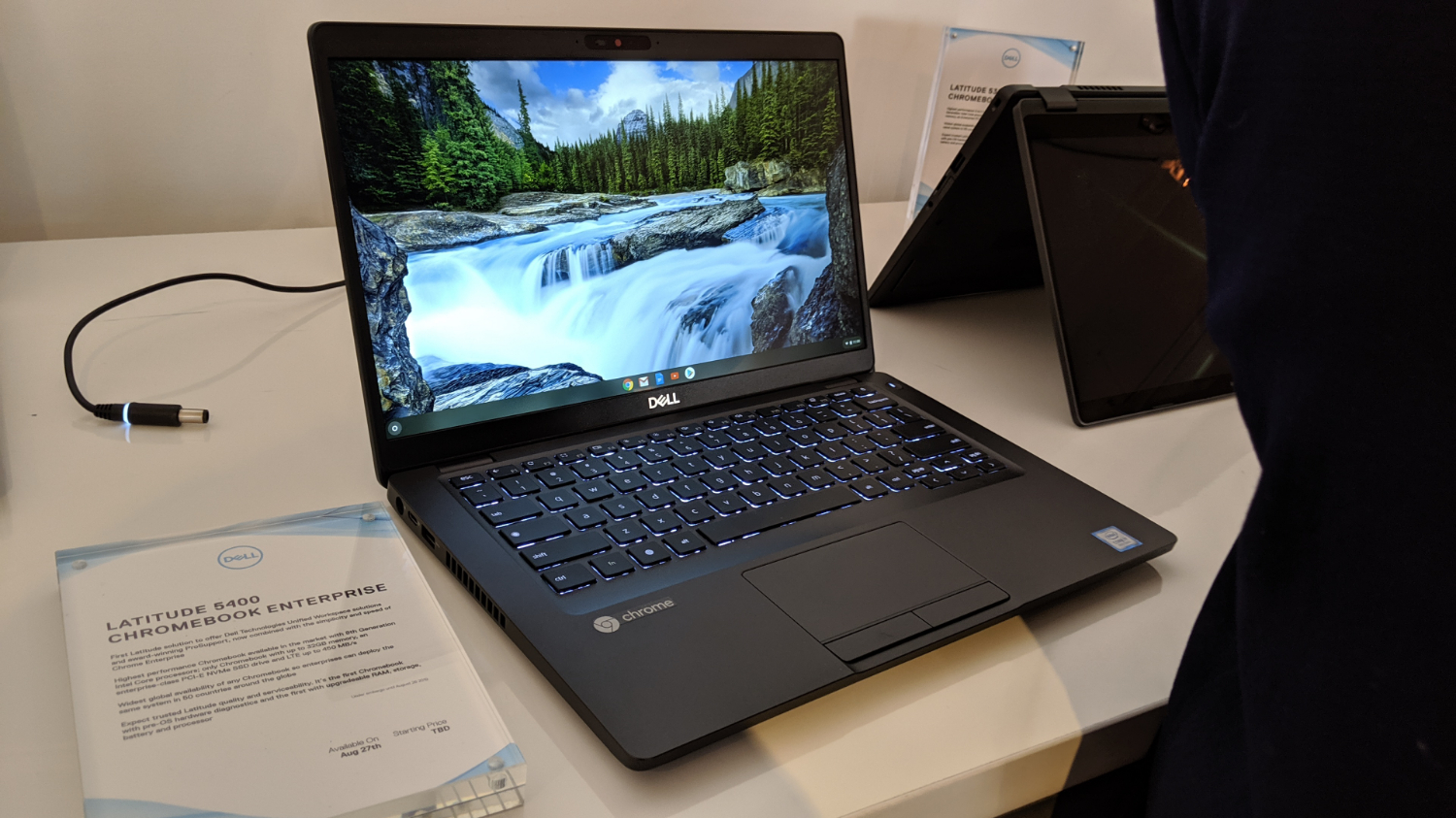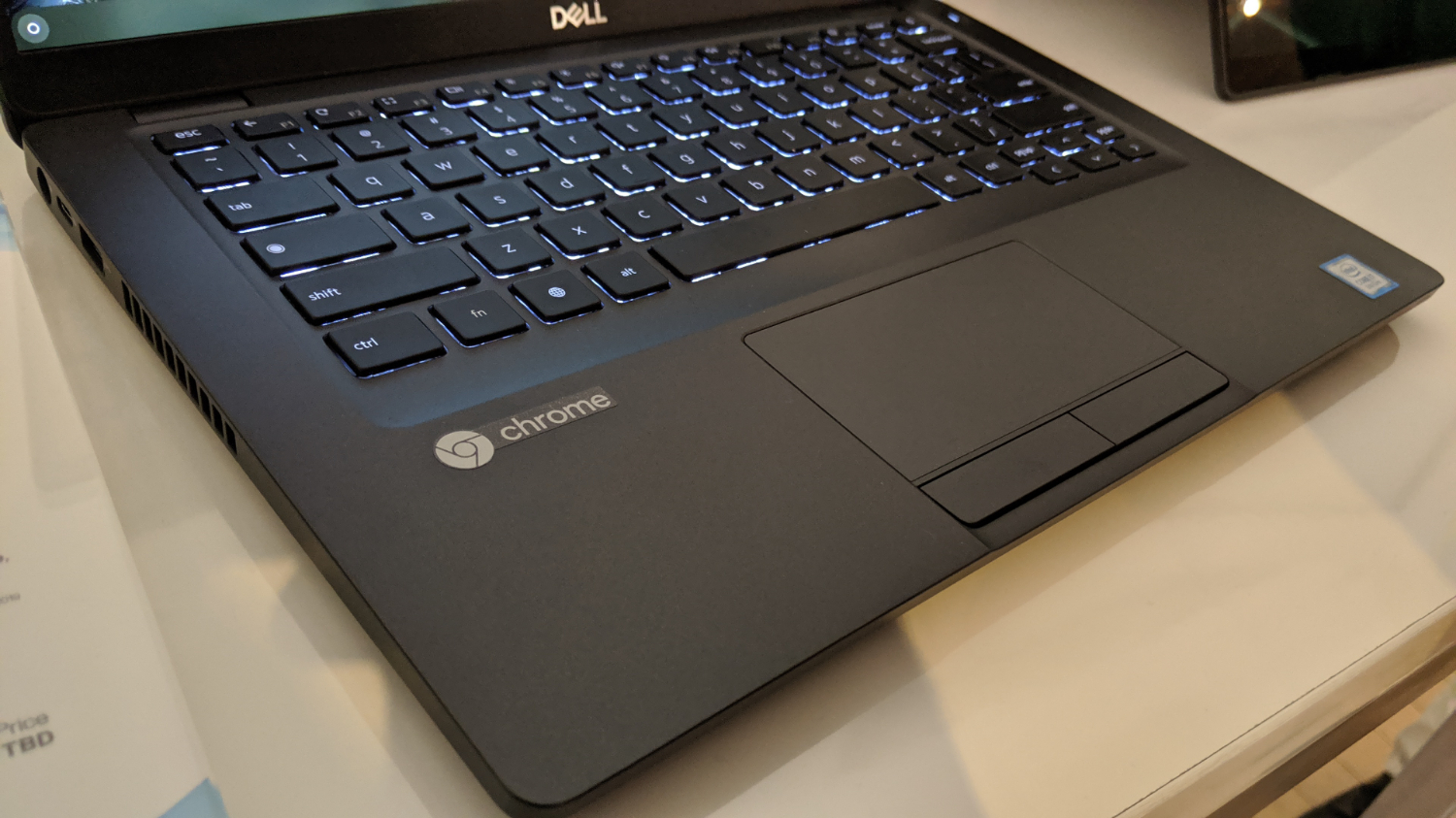Dell Latitude Brings Chromebooks to the Enterprise
Dell today announced the aptly named Dell Latitude Chromebook Enterprise line, featuring a laptop and a 2-in-1 device. The PC vendor has partnered with Google to accompany the new Chromebook Enterprise program, which is meant to bring Chrome OS to business customers.
Chromebooks historically appealed primarily to the low end of the market. There are some exceptions--most of which came from Google itself--but the category has mostly been positioned as a way to handle basic tasks without breaking the bank. The products have also been popular with the education market, so it makes sense for Google to go after enterprise customers next, many of which are looking for the same cheap-but-capable devices.
Enterprise customers are a bit more persnickety about security than the education market, though. The laptops' security features include automatic updates, sandboxing and verified boot.
Google offered more information about Chrome Enterprise on the Google Cloud blog. The highlights are an updated admin console and the option to enable managed Linux environments on Chromebooks. We aren't going to speculate on whether or not that will be enough to woo enterprise customers away from Windows, but at least it's clear that Google is serious about bringing Chromebooks to this market.
On to the devices themselves. They don't technically have the same name: the notebook is the Dell Latitude 5400 Chromebook Enterprise; the 2-in-1 is the Dell Latitude 5300 2-in-1 Chromebook Enterprise, (which just rolls off the tongue, right?). A Dell representative told us that these models were chosen as they make the most sense in terms of building popularity for Latitude Chromebooks, and future models could be added. Aside from the obvious difference in form factor, the devices are largely similar, with the option of 8th Gen Intel Core i3, i5, i7 or Celeron processors, up to 1TB of onboard storage and up to 32GB memory.
The notebook weighs 3.2 pounds and features a 14-inch display with 1080p resolution that can be configured with a touchscreen. The 2-in-1 offers a 13.3-inch display, again with a 1080p resolution, but doesn't offer the option of having a touchscreen. It weighs a flat 3 pounds. Those differences make sense--the 2-in-1 sacrifices a bit of screen real estate and the optional touchscreen in exchange for being a bit more portable.
The new Latitude Chromebook Enterprise devices will be available in 50 countries with 10 localized language keyboards when it launches on August 27. The clamshell starts at $699, and the 2-in-1 starts at $819. Both are at the high end of the Chromebook market, but compared to Windows or macOS devices, they're relatively affordable. More information about the devices can be found on the company's website.
Get Tom's Hardware's best news and in-depth reviews, straight to your inbox.

Nathaniel Mott is a freelance news and features writer for Tom's Hardware US, covering breaking news, security, and the silliest aspects of the tech industry.
-
Giroro The first two questions of any potential enterprise customers for these (seriously, $700+?) laptops running a free(?) netbook OS made by a company who specializes in profiting from the mass data collection of its users:Reply
"Can it run Microsoft Office?"
"Will you please leave your visitor pass with security on your way out of the building?"


